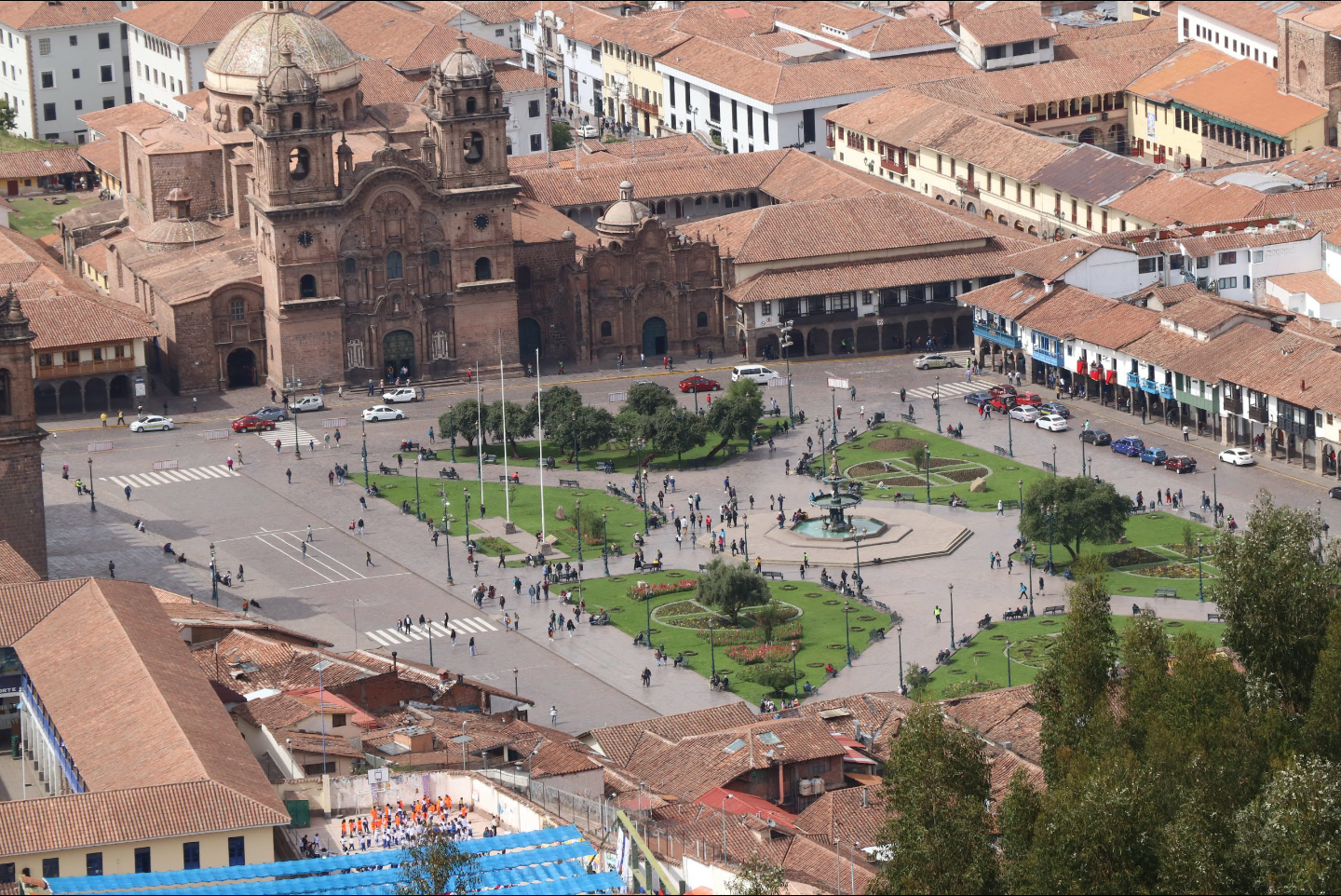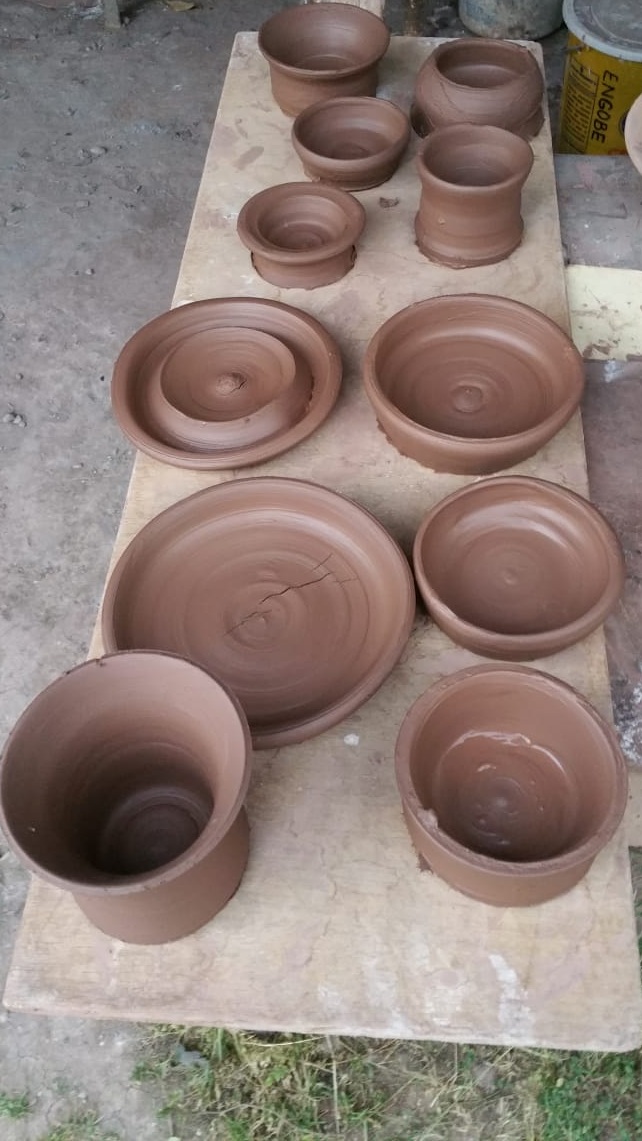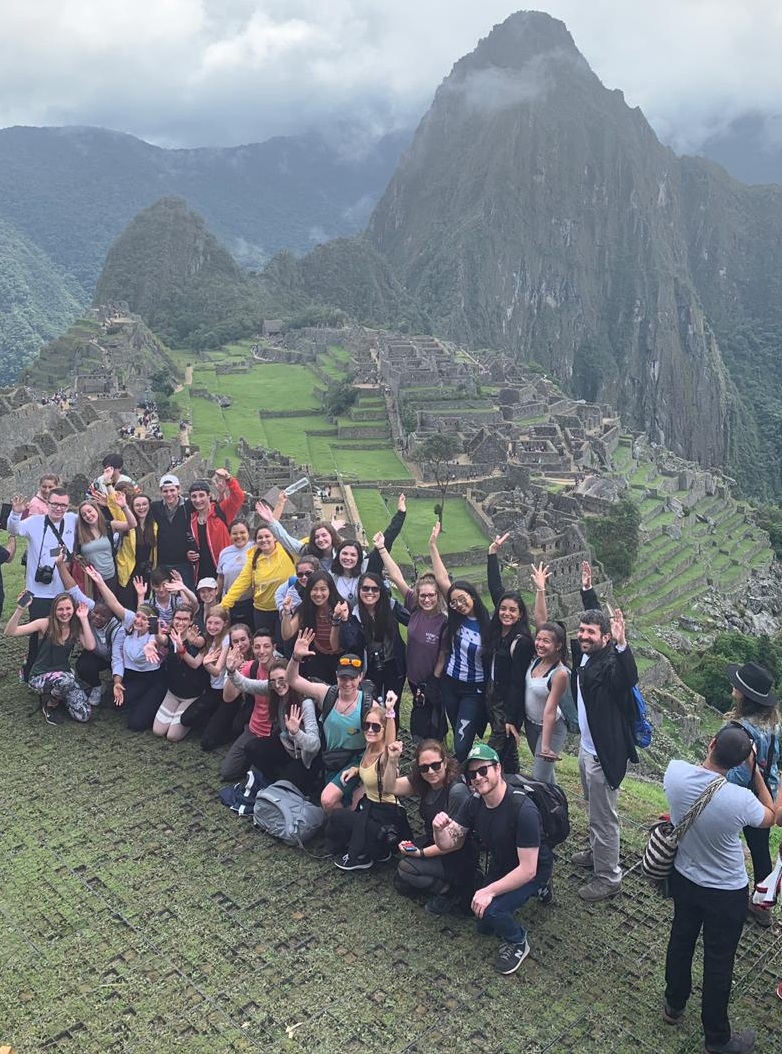Seven Reasons You Can't Miss Cusco
The history of Cusco has transcended time and still lives and breathes through its people, places and animals. Centuries ago, The Incan Empire was spread throughout South America as one of the world's largest tribes and Cusco held the status as the capital of the Incas. Before the Spanish came in the 16th century, the empire covered Peru, a large part of Chile, and smaller parts of Colombia, Ecuador, Bolivia and Argentina.
Although Cusco is a major Peruvian city with roughly half a million people, it has held onto its identify and the Cusqueños (or people from Cusco) have held onto their past to create a present-day culture that embraces their community-first mentality.
We encourage schools to include Cusco on their itineraries because it gives a wider idea about Peruvian culture. Here are seven reasons you can’t miss out on Cusco:
Photo courtesy of Kyle Janko (Matignon HS)
1. History of Spanish Influence
The Spanish conquest of the Incan empire in the middle of the 16th century changed the face of culture in Peru, and especially in the Incan capital. When the Spanish came to Cusco, they converted the people to Catholicism and they changed their former places of Incan worship into churches and cathedrals.
In Cusco’s main Cathedral, it has paintings that were made with European-style canvases and paints that depicted Jesus Christ. In those same pictures, they have typical aspects of Peruvian culture. For example, Jesus and his disciples have the Last Supper, but in the middle of the table, there is a guinea pig - a typical and traditional food still eaten in Cusco today.
Photo courtesy of Kyle Janko (Matignon HS)
2. Iconic Animals
When we think of animals in major cities, we normally don't consider anything other than cats and dogs but it's a different story in Cusco. The Peruvian people in the former Incan capital still allow alpacas, llamas and vicuñas in and around their most popular areas.
From ancient Incan ruins to sometimes even the city center, you can find them in the most unexpected places, including Machu Picchu. You can see people walking with these animals in Cusco and surrounding areas as a part of the community.
3. Architecture & Landscape
The awe-inspiring structures, both natural and man made, will have you wonder about these places came into existence. In past programs, we’ve enjoyed taking a short ride just outside of Cusco to Saqsaywaman to understand the ancient Incan history.
In this fortress - a name given by the Spaniards who conquered Cusco - we learn about how the Incan people created this area of worship with boulders and stones weighing tons. They took tree trunks to roll the stones into place in order to avoid erosion and to create a stable area for farming. The best way to really comprehend it is to see it!
4. Amazing Coffee
Peruvian coffee is some of the best in the world, and there's no better place to try it than Cusco. At an altitude of over 10,000 feet, the coffee beans don't break down as easy and they don't oxidize as fast so the coffee beans stay fresher for longer.
When coffee tastes bitter, it's flavor comes from an acidic coating that develops around the bean which shrinks the bean and changes the natural flavor. However, in Cusco, the coffee stays fresher for longer and you can taste the difference!
5. Artistic Influence
In Cusco, you'll find ceramics and hand made goods from local experts and professionals who have learned these ancient traditions from family members. In our programs, we like to include a visit to a ceramics workshop where we learn how to make pottery and decorate ceramics from professionals. These professionals show special techniques that have helped our students create their piece!
6. The Location
The city is located high in the mountains in the region of the Andes Mountains, one of the longest mountain ranges in the world. The location of Cusco gives great access to Machu Picchu, one of the Seven Wonders of the World.
The trip to Machu Picchu gives a real look at the transition from the city of Cusco, Andres mountains and finally to the surrounding jungle-like area around these famous ancient ruins. The area of Machu Picchu was actually discovered just over a hundred years ago after centuries of being hidden and closed off from the world which gives us a glimpse into the knowledge and power of the ancient architecture surrounding the ruins!
7. The Local Vibe
One of the Cusco area’s best kept secrets is hidden in the Amaru community. This tribe is located about an hour outside of Cusco city where we learn how they make traditional clothes and how they cook typical foods, such as their famous huatia potatoes.
Additionally, we learn traditional dances and get a real look into life in one of the largest tribes in Peru with over three million people!
If you’re interested in hearing more about Peru, check out our blog Understanding The Keys of Peruvian Culture to get an even more in depth look at what makes the country one of the most beautiful places in the world!






